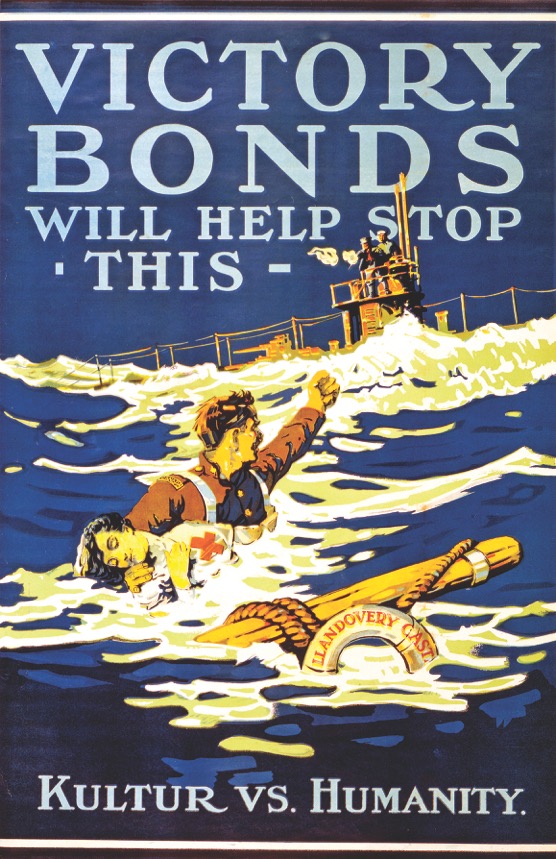Tom St. Amand and Tom Slater, special for The Sarnia Journal.
(2016) The torpedo fired by German submarine U-86 struck its target at 9:30 p.m.
Many aboard the hit ship died instantly and within 10 minute she had gone down. A total of 234 people perished, including 14 Nursing Sisters.
It was June 27, 1918. One of the victims was 25-year-old Private David Smuck, of Sarnia.
But the real story of the ill-fated vessel began after the HMHS Llandovery Castle sank. The death of Smuck and the others became one of the most controversial events of the Great War.
David Radcliffe Smuck grew up on Mitton Street. At age 23 he quit his job as a local barber and enlisted in June of 1915, becoming a private and a member of the Canadian Army Medical Corps. Three years later he was serving aboard the HMHS Llandovery Castle.
The vessel was a hospital ship, unescorted and unarmed, returning to England after bringing Canadian casualties to Halifax. According to the Hague Convention, an enemy ship could search a hospital ship but not sink it. And, as a hospital ship, the Llandovery Castle was displaying a brightly illuminated Red Cross sign.
Despite orders to leave hospital ships alone, Captain Helmut Patzig of U-boat 86 was suspicious. He was convinced the hospital ship 116 miles southwest of Ireland was surreptitiously carrying American airmen and munitions.
Rather than board and search, though, Patzig gave the order to fire.
Further evidence of Patzig’s unconscionable actions became known when the British Admiralty released all the details four days later. It was murder in cold blood.
Crewmembers in at least three lifeboats survived the sinking, and as they were attempting to haul others out of the water U-86 surfaced. After questioning officers of the Llandovery Castle and hearing the truth, Patzig realized he had no proof to verify the ship was carrying airmen and munitions.
He ordered below all but three of his men. Then, to destroy the evidence, the four Germans machine-gunned the helpless Canadians. The submarine eventually submerged, re-surfaced and attempted to ram and to capsize any lifeboat. It also launched shells in the vicinity of the survivors.
Patzig ordered his crew to say nothing and made no entry in the logbook. He did, however, enter an incorrect route, distancing his sub from the sinking site.
Fortunately, one lifeboat containing 24 men was rescued after 36 hours, and the world soon learned the horrific details.
The British initiated a War Crimes trial against the officers of U-86. Patzig couldn’t be found and was never brought to trial, although he re-appeared in time to serve with the German navy in the Second World War.
Two officers who had gunned down innocent Canadians were tried and sentenced to four years of hard labour. On the way to prison they escaped and were never recaptured.
The body of Private David Smuck was never found. He has no known grave and is memorialized with his shipmates on the Halifax Memorial.
Their deaths were not in vain, however.
Canadians were rightly incensed and used the fate of the doomed hospital ship as a rallying point during the final months of the war.


